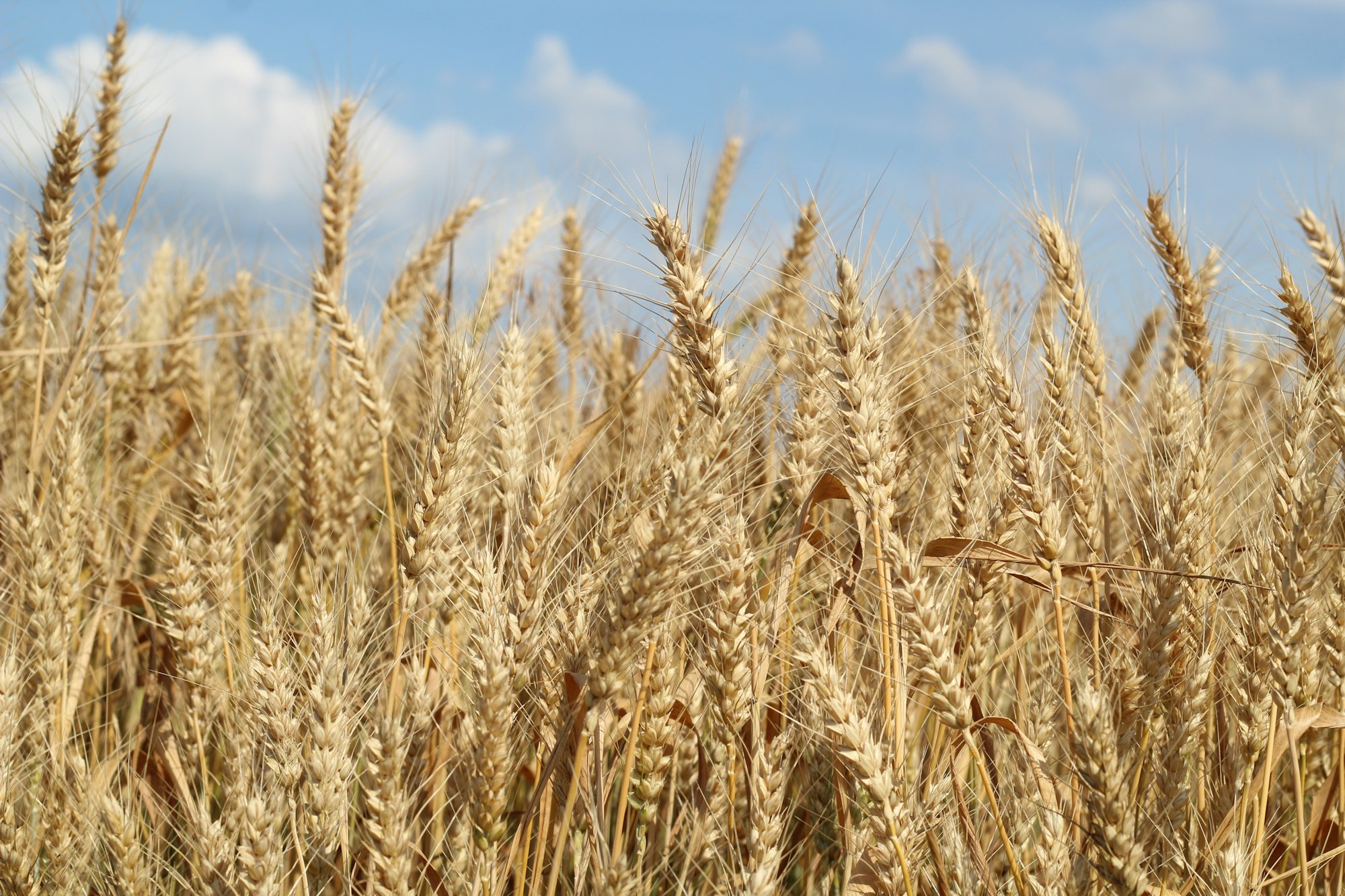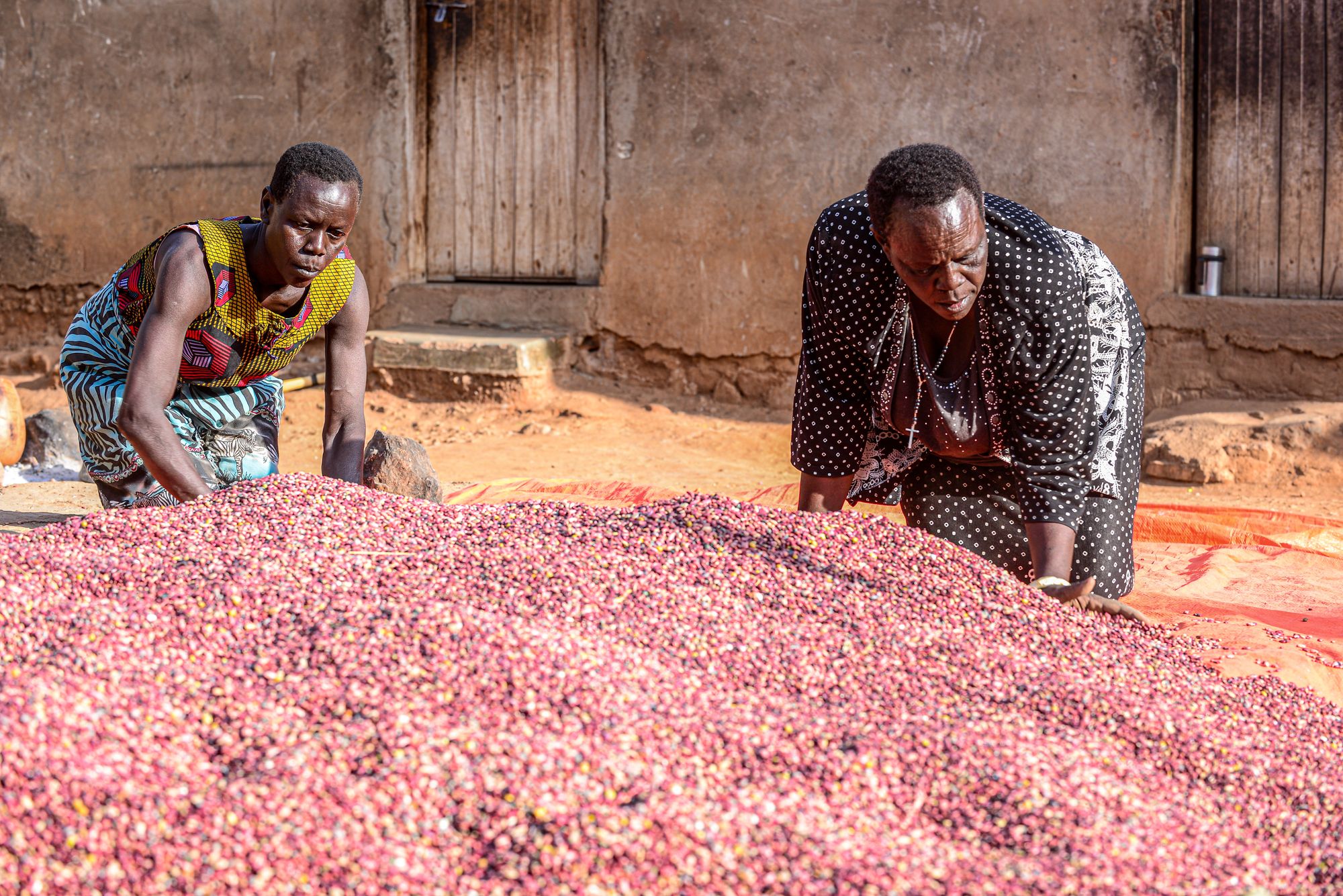Russia’s invasion of Ukraine in February 2022 had a dramatic impact on global inflation, especially for food and fuel. Ukraine produces up to 6 percent of all calories traded on the global market and is a major supplier of wheat, corn, and sunflower oil. Russia’s blockade of Ukraine’s Black Sea ports, early in the conflict, halted exports for months, spurring a global food security crisis. Last July, as prices peaked, an economist writing in Barron’s estimated that the war in Ukraine had led to a 17 percent increase in food prices.
In that same month, Russia, Ukraine, Türkiye, and the United Nations signed the Black Sea Grain Initiative, allowing Ukraine to export some of its commodities from its Black Sea ports, subject to inspection. But the deal, most recently renewed in May 2023, is under constant threat with ongoing negotiation required to keep the export channels open. So DAI is working with the U.S. Agency for International Development (USAID) and its partners to open up alternative export mechanisms.
Since the Black Sea Grain Initiative came into effect, more than 30 million metric tons of food have been shipped from Ukraine’s ports, 56 percent of that going to developing countries. Nevertheless, Ukrainian food exports remain down by 27 percent, according to its Ministry of Agrarian Policy. And according to the International Food Policy Research Institute, lower producer prices and higher input costs have discouraged planting for 2023, meaning production is expected to drop even further.
The country must also contend with its most recent setback—the destruction of the Kakhovka dam, which damaged crop irrigation systems in the region and promptly caused global wheat and corn prices to soar.
Against this dynamic backdrop, USAID is supporting Ukrainian and European partners to explore additional export routes. This program is designed to create “strategic redundancy”—that is, creating more than one connection between two parts of a system—to bolster market system resilience. For example, if Ukraine can transport grain to Romanian-controlled ports on the Danube River, or other EU ports such as Trieste and Hamburg, the market can better adapt and function during temporary export bans.
USAID’s Agriculture Resilience Initiative (AGRI-Ukraine), a $100 million investment to support Ukraine’s agriculture sector to increase exports, was announced in August 2022. The project aims to boost crop production and trade by increasing farmers’ access to financing, supporting crop processing, and improving export logistics and infrastructure to move crops from farms, overland through other European neighbors. While there have been political challenges from some of the transit countries in the first half of 2023, ongoing negotiation has helped resolve many of these issues. DAI is supporting AGRI-Ukraine through the Economic Resilience Activity, which pivoted last year to assess infrastructure bottlenecks and develop solutions to increase exports.
Oleksandr Stetsenko, an infrastructure expert on the project explains that several billion dollars was invested over the past two decades in Black Sea export and shipping infrastructure. “We don’t have that kind of time or money to invest in other export routes, but we can remove some existing bottlenecks. Before the war, less than 10 percent of Ukrainian exports were shipped through non-Black Sea routes. With these [AGRI-Ukraine] initiatives, we’d like to increase exports by three times through alternative routes.”
Stetsenko says Russia’s export checks on ships in the Black Sea regularly cause delays. On some days, Russia does not allow ships with Ukrainian grain to pass or clears only a few ships. Typically, 30-50 vessels loaded with Ukrainian food stand in line near Istanbul for several days, reducing Ukraine’s credibility as a supplier with key customers. One of the project’s key goals is to support Ukraine’s export credibility and capability, even if the Black Sea ports are not functioning as normal.
Removing Bottlenecks
Following reports last year, which noted that just 21 percent of the Ukrainian Rail Export Capacity was being used for grain shipments, Stetsenko and a team of experts identified seven interventions to boost exports. Activities included improving railways and trains, using creative grain storage and transport mechanisms, and increasing border crossing efficiency.

Over the past year, rising transportation costs and the unreliability of scheduling rail cargo have made farmers reluctant to use railways to transport grain, even though there is excess capacity available. In response, the team is working to repair grain wagons, support flexible containers for grain storage and transport, procure more equipment, and repair and modernize Ukraine’s locomotive fleet. One innovation that has garnered some attention is the Mega Big Bag, a flexible, soft container that can be filled at grain silos and loaded onto open cargo wagons and, ultimately, transferred to ships.
“We have approximately 16,000 grain hopper railcars, but 83,000 open wagon rail cars,” explains Stetsenko. “These giant bags allow farmers to transport their goods in the open wagons, which are also nearly three times cheaper than grain hoppers.”
The project will also improve border crossing efficiency by installing new loading equipment, service tracks, and inspection facilities. U.S. funding will also help to hire more staff to facilitate border crossings and purchase laboratory equipment for grain quality testing, a requirement for exporting. Locomotive repair and modernization will improve the resilience of the rail fleet. Russian attacks often target Ukrainian electricity and power grids, which can cripple rail lines. Natural gas engine locomotives will enable trains to run when the power is out.
Increasing Exports
Over the past few months, the project has run a successful Mega Big Bag pilot, distributing 250 bags to Ukrainian exporters. Each bags holds 14 metric tons of grain, and all told the pilot has been able to increase export capacity by 350 tons per day. Ultimately, the project aims to deliver 2,000 bags, which could increase export capacity by 3 million metrics tons per annum and increase national export capacity by 4.5 percent.
The project team has also signed a memorandum of cooperation with partners to procure shipping equipment at the port terminals in Reni and Izmail (Odesa Oblast). The expansion of the terminal will improve the port’s capacity by 40 percent, from 0.9 million tons per year to more than 1.5 million tons per year. The port will also be equipped with standalone power systems to ensure uninterrupted operation during power outages.
Supporting grain exports helps Ukraine’s economy and promises to mitigate the instability in global food prices. According to the World Bank, Ukrainian goods and service exports account for more than 40 percent of the country’s economy. By removing transport bottlenecks and boosting trade capacity, it is hoped that Ukrainian exports will grow, supporting the country’s economic development, even in wartime.





